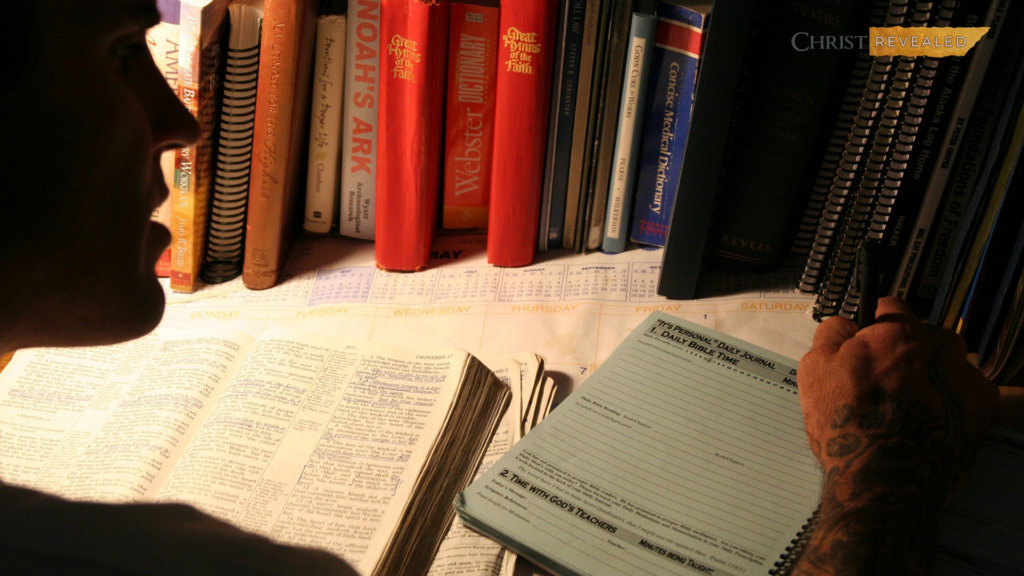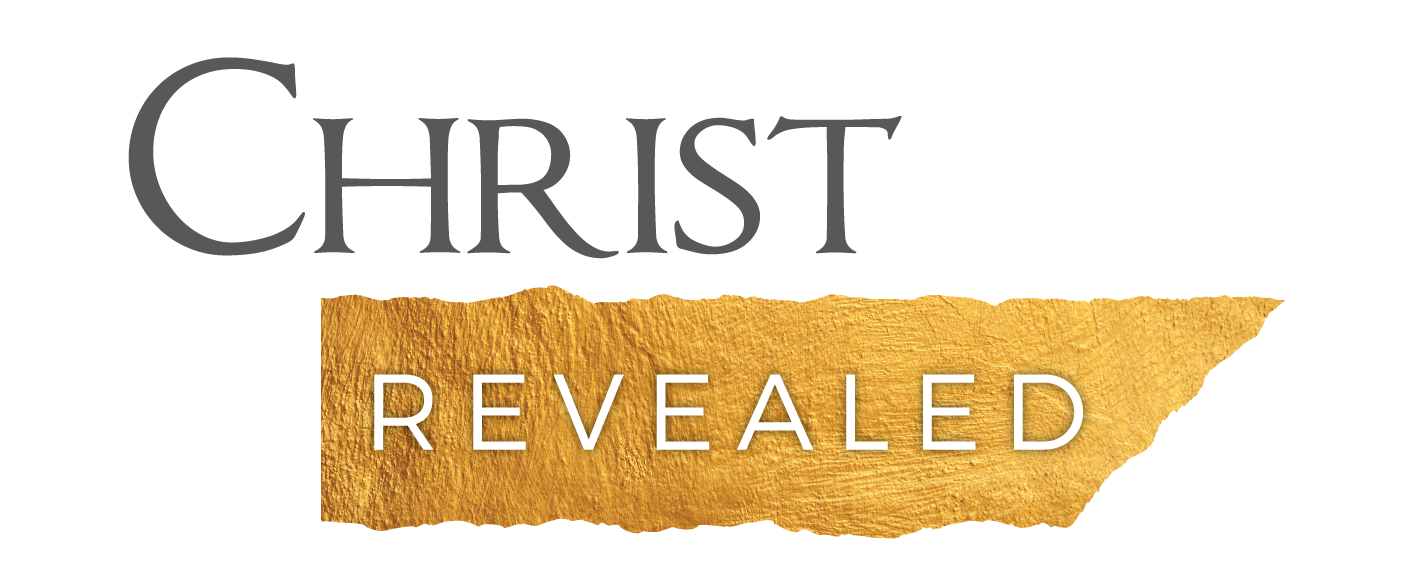The great men of the Bible took time to themselves for prayer and reflection with the Father. Following their example, Many Christians have “quiet time” to begin or end the day: times to reflect, study scripture, or simply sit in the presence of God.
There are many quiet time practices and models: The Bible in One Year, prayer books, reading plans, and thousands of devotionals on a variety of topics. One method, the examen outdates most of these: believers have used the practice since 1548.
Christians have used the examen continuously since then. You may find great value in learning from or experiencing this ancient and long-depended-upon method for meeting with God!
What is the Examen?
The Examen is an intentional series of prayers to be completed at the end of each day. It consists of five steps:
- Become aware of God’s presence
- Review the day with gratitude
- Pay attention to your emotions
- Choose one moment or experience of the day and pray from it
- Look forward to tomorrow
This simple practice can be completed in about ten minutes and leaves great freedom for believers to adapt it to their own daily experiences. As these steps are practiced day by day, they begin to form a rhythm of prayer.

The Examen also makes use of St. Ignatius’ two concepts of “consolation” and “desolation.” “Consolations” are ways in which we are in step with God’s movement, or notice it. “Desolations” are moments when we are out of step with God’s will and movement.
A believer can note the day’s Consolations and Desolations in any of the steps but especially Step 4. Over time, the believer naturally begins to note God’s movement and their own will—whether they are aligning with God’s will—throughout the day.
History
The Examen first appeared in the book Spiritual Exercises, by Francis of Loyola, in 1548.
St. Ignatius was the leader of the Jesuit Order in Spain. He directed its members to pray twice a day, and recommended they use the five-step practice in their nightly prayers.
The examen received wide attention in 1972 when George Ashenbrenner wrote an article called “Consciousness Examen,” offering ways to think about the practice in modern times. Although the form never fell out of use, it enjoyed new popularity following Ashenbrenner’s contribution.
Nearly 500 years after its inception, Christians of every tradition continue to use the examen.
Why practice the examen?
The examen is an extremely simple practice, accessible to any believer—many Christian schools teach it to children. Following the method can take as little as 10 minutes or yield long meditations
Consistently making time to review the day makes us more aware of both its exciting and mundane moments—and the movement of God with us. After many repetitions our quiet times, in turn, influence our thoughts and feelings at work, with our kids, and anywhere we find ourselves.
By consistently thinking of things that make us grateful, we become more grateful. If we practice quiet times with a journal, we begin to see which prayers repeat, and which are answered. Our faith grows, and we understand our relationships with God more closely.
However, the biggest use of the examen is the way it trains our thoughts to move toward God. Through reflection on the day—remembering where we saw God’s movement, and where we missed it—we begin to see His presence where we might never have looked before!
How to start
The examen is simple, and the greatest challenge is making it a part of your daily rhythm. If helpful, set a timer for 10 minutes and pray. You can also journal, responding to each of the five steps with written responses.

Many believers have meditated on the examen and offered their own thoughts and variations. Other resources include electronic formats and examen practices focusing on specific aspects of the day (relationships, emotions, etc). Try an app, or simply sit down with the questions and begin!
Even if you prefer another quiet time style, introducing elements of reflection (thankfulness, evaluating the day, journaling prayers or experiences with God) is a great way to bring depth to your quiet times. After all, the examen has been tested by time—but the practice of reflection on God’s movement outdates even the Psalms!


Where do I get a copy of the Examen?
Ben, you can find details here: https://www.cofchrist.org/spiritual-practice-prayer-of-examen